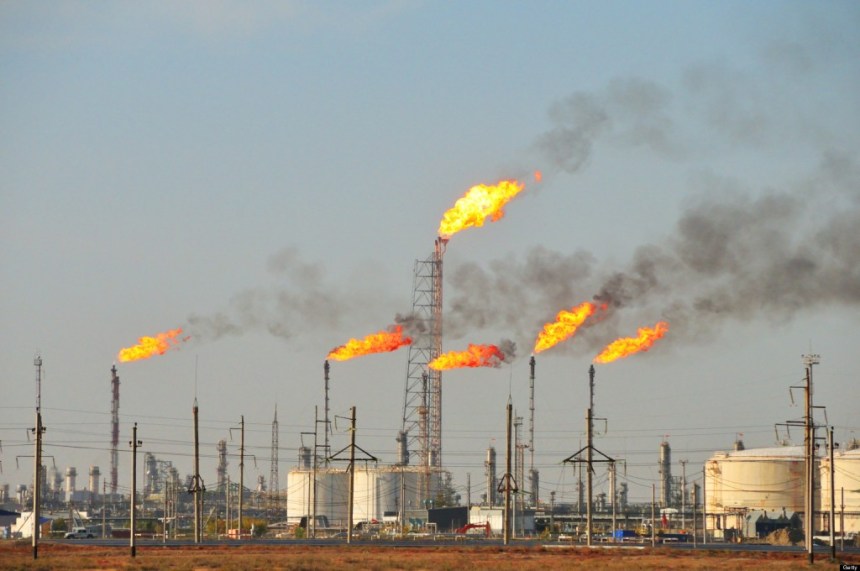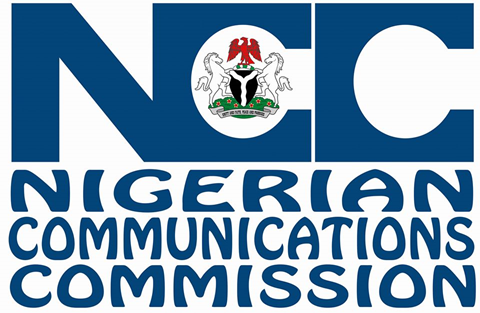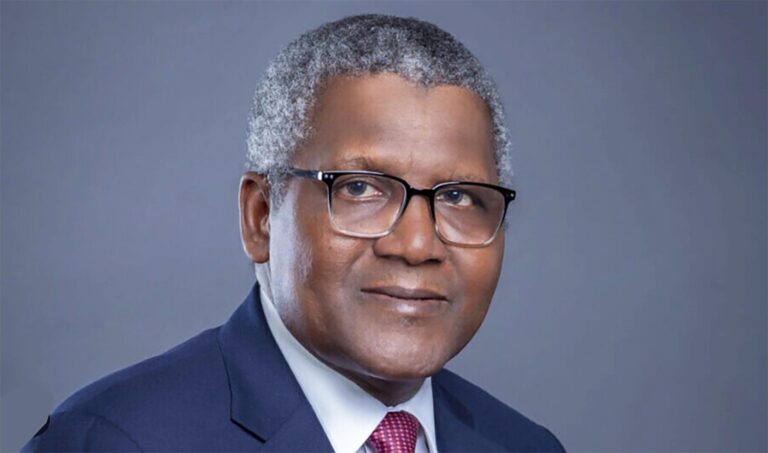The world inches towards 8 billion inhabitants in the next couple of years. The most recent United Nations’ current world population estimate of 7.8 billion people as of June 2020 lends credence to the imminence of that 8 billion mark. Of that current 7.8 billion, Africa alone – as a continent – takes 1.34 billion, an equivalent to 16.72 per cent of the total world population. With this, Africa comes third after China having 1.44 billion and India placing second with 1.38 billion. Comparing the figures may be easy superficially. Getting down to details, however, things are a lot more complex and complicated. The factors responsible for these complexities are many and varied.
While Africa is made up of 54 countries, China alone is a single country, just as India. India operates a federal union comprising 28 states and eight union territories, making a total of 36 entities, but governed together by one central authority. China is a country with 34 provincial-level administrative units, out of which are two special administrative regions of Hong Kong and Macau. Even now, China is determined to bring the two regions strictly under the total control of the central administration. With these, India and China come closer to homogeneity than Africa. And these explain the vast differences between them and Africa.
The job of juxtaposing Africa with India or China on the basis of closeness in population figures is made more difficult by many factors. Africa, unlike these other two, has 54 different autonomous and sovereign governments that relate with one another on the basis of equality of status, with national borders that would require strict immigration authorities to permit crossing. Despite the many major local ethnicities in China and India, with 45 and over 50 respectively, each operate under a central authority as a state, with same official language, same currency, same central institutions with regional and local representatives. Not so with Africa.
Africa’s system is more fragmented, not necessarily more diverse socially or culturally than the China and India, although the number of ethnicities in Africa should be in the order of thousands. The factors attributable to the seeming diversity of Africa in contemporary times are more of state-related than culture-related. Language also plays a part in tandem with statism. While China uses Mandarin as the mainstream official language and India uses a combination of Hindi and English as official languages, Africa has to operate with more diverse spectrum of languages, varying with regions. These affect, or are affected by, the politics of the regions and their prevailing commercial activities. It is thus not difficult to come across speakers of Amharic, Afrikaans, BerBer, Fulfulde, Hausa, Igbo, Swahili or Yoruba languages, considering the large blocs of ethnic nationalities.
In stark contrast to China and India, the languages defined by the African Union (AU) as official among the member states – and currently used – are Arabic, English, French, Portuguese, Spanish, and Swahili. These pose great hindrances to communication, social engagement, interaction and trade in a continent that still remains seriously fragmented along colonial legacy. Incentives to learn just one foreign language other than the official language of one’s country are either weak or altogether lacking. This is a major constraint to regional integration and trans-national cooperation. Within the West African region alone, a smaller economic block exists that does its own thing differently and in accordance with the dictates and whims of their colonial masters. The West African Economic and Monetary Union (WAEMU) of the former French colonies is a micro-economic bloc within a major one of the Economic Community of West African States (ECOWAS) that is made up of both French-speaking and English-speaking countries.
Africa is a peculiar continent. It is a continent with a wide diversity, split along many lines: geographical, political, social, cultural or economic. Most often overlooked, ignored or unrecognised by many analysts of Africa is the reckoning of Africa as a continent divided into two geopolitical settings known as the North Africa and the Sub-Saharan Africa. This sharp division has a lot of implications on the continent’s development. Sadly, this has not been treated as a major issue that warrants deliberate, strategic and urgent intervention to ensure that the best of Africa is realised. Along this line of demarcation, Africa has lost a lot of opportunities in the past and present but can make a lot of progress in the future. Along this line of demarcation, Africa has missed many benefits and failed to unlock huge potentials. One of the reasons for the low intra-African trade has been attributable to the poor economic linkage between the North Africa and Sub-Saharan Africa.
The North African countries have been historically and culturally aligned with the Middle East. Classified as part of the Middle East-North African (MENA) economic bloc, their economic affinity has been more towards other Arab and Gulf countries than towards the Sub-Saharan African countries. It should therefore not be surprising to know that the economies of Mauritania, Morocco, Tunisia, Libya, Algeria, Egypt and even Sudan tend to be more Middle East-centric than Afro-centric. The heterogeneity of the Middle East and North Africa (MENA) region finds expression in the diversity of their economic bases, one of which is the high-income oil-export in countries of the Gulf region. An issue of dominant concern in the MENA region is its high and growing dependence on international markets for key staple food products.
This concern has led to a suite of policies which appear strikingly inappropriate, considering the region’s resources. For example, while MENA is one of the most land and water constrained regions of the world, it has the lowest water tariffs in the world and it heavily subsidises water consumption at about two per cent of its GDP. Remarkably, therefore, this region has been classified as one of the largest global net food importing regions. The risks this poses are real and existential, particularly when considered side-by-side with the recurring drought-related food insecurity in parts of the East, West and Southern Africa.
A foretaste of this risk in North Africa could be found in recent history. In 2011, the common culture of the MENA region provided a springboard for the “Arab Spring,” a popular revolt that began in Tunisia, later spreading to Libya, Egypt, Yemen, Syria and Bahrain, and leading to the toppling of some sit-tight political leaders and a radical change in the social security of some countries. This included a protracted war that has led to a displacement of no fewer than four million Syrians, in addition to those that have been killed in the war in that country. The fact that many countries in North Africa have more in common with the Middle East than Africa means that the African continent is divided, economically, politically, socially and culturally. The stark regional under-trading, one of the contributors to the low development level of African economies and their excessive dependence on commodity production and exports, protectionist trade policies, weak transport infrastructure, poor trade logistics, and high security risks are telling on Africa’s fortune as a continent.
In 2014, MediTERRA, a research publication, described the Sub-Saharan Africa and the Arab world as disconnected agricultural regions. According to other sources, in the Arab Maghreb Union (AMU), economic exchanges between the five Maghreb countries have not exceeded three per cent of their total trade, which is one of the lowest rates in Africa. Despite trade agreements and on-going political dialogue, notably within regional institutions of a political, economic, cultural or religious nature, the relations between Arab and African countries do not form part of a strategic framework likely to foster trade and economic integration. Morocco, recently readmitted to the African Union (AU), is indicating its interest in consolidating its presence in sub-Saharan Africa, after over three decades of abstinence. This is good news, coming at a time when the Maghreb region in general is seeking to re-igniting its interest and foreign policy towards the rest of Africa. Algeria and Tunisia are reaching out to East Africa in their bid to intensify the traditionally neglected economic ties with the rest of the continent through stronger commercial exchanges. It is predicted that, “ultimately, geopolitics – be it the pursuit of economic opportunities or vying for political influence across sub-Saharan Africa – are likely to further stimulate the interest in looking further south.”
The African Continental Free Trade Area (AfCFTA) agreement that came into force in May 2019, has been hailed by many as a game changer for Africa’s economic integration in addition to political transnational cooperation. There are doubts too that the divergent culture, language, over four dozens of states and political structures could become potential impediments to its success. Except the necessary and relevant safeguard measures are put in place, the establishment of AfCFTA alone is not sufficient to guarantee its survival and sustenance. The United Nations Conference on Trade and Development (UNCTAD), in a 2019 report on Africa, noted that “rules of origin – the criteria needed to determine the nationality of a product – could make or break the African Continental Free Trade Area (AfCFTA). … the rules could be a game changer for the continent if they are simple, flexible, transparent, business friendly and predictable.” This is particularly important in the circumstance of the sheer number and diversity of countries and the sometimes conflicting issues that could arise during negotiations. Security is one of such issues. The political crisis in Libya, for instance, has been spreading southwards to other neighbouring Sub-Saharan African countries with the indiscriminate movement of small arms. The insurgency in Nigeria’s Lake Chad and the armed banditry in Mali and Burkina Faso will have similar effects. These could jeopardise the free flow goods across national borders.
Political leaders and state actors in Africa therefore have enormous challenges and tasks before them now and in the future. Bringing all of Africa together for prosperity will require more than a wishful thinking. It will require more of a wistful action. This must be taken urgently. Delay is dangerous.








